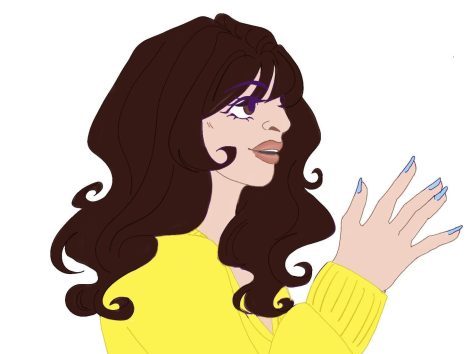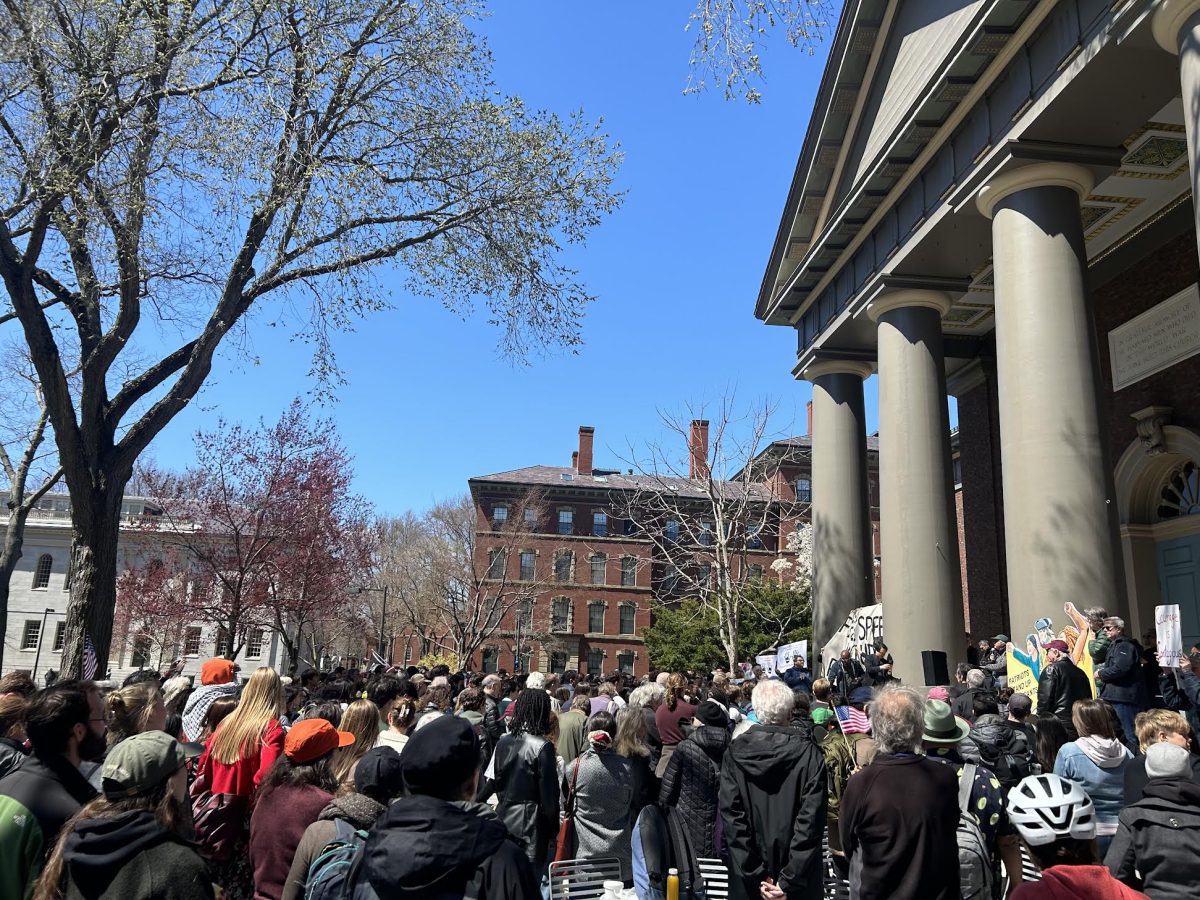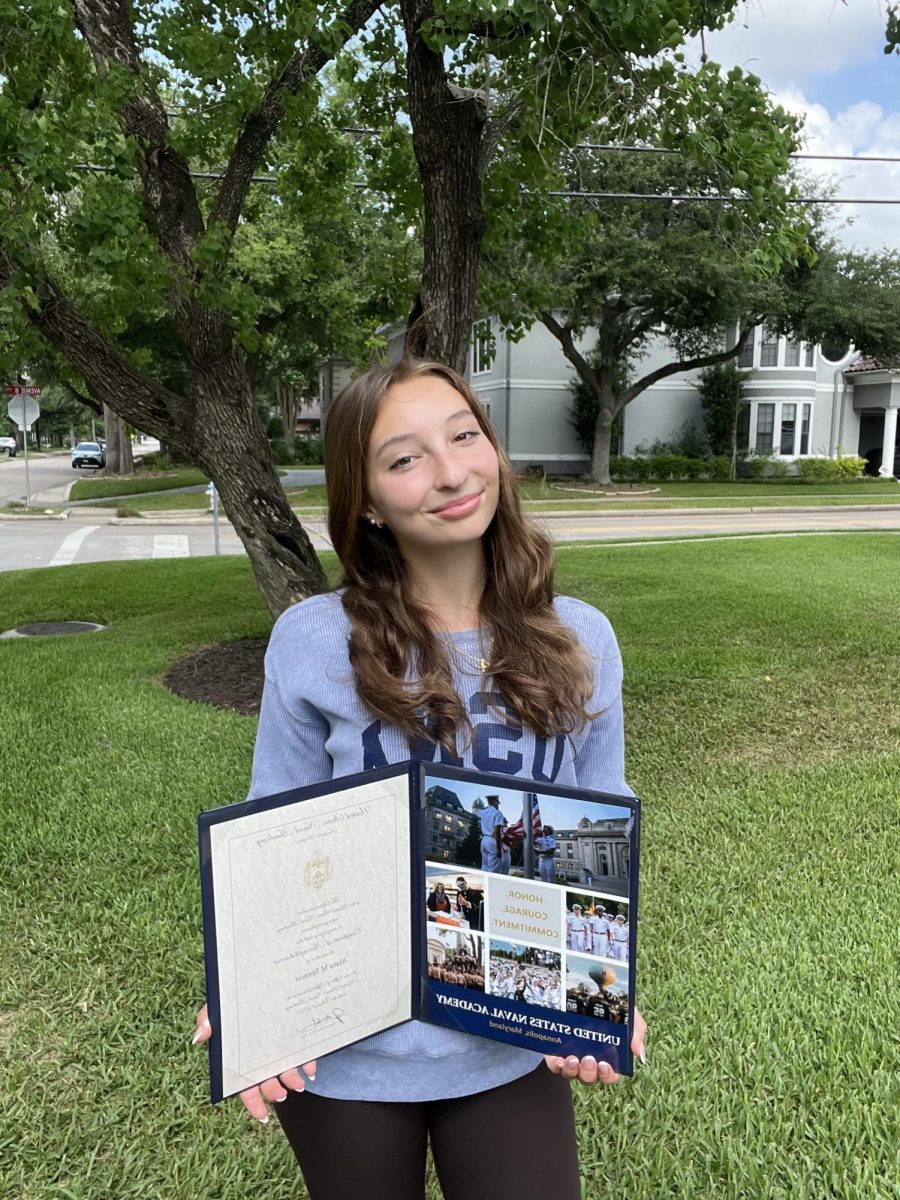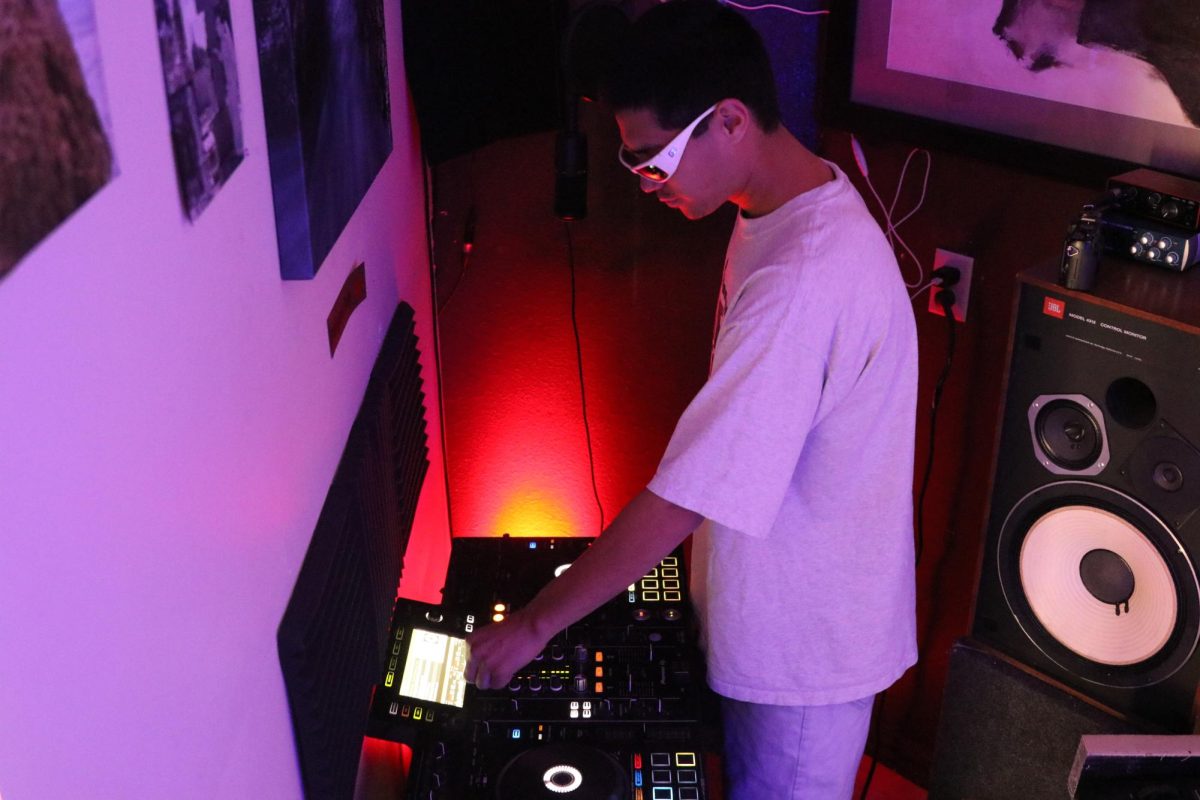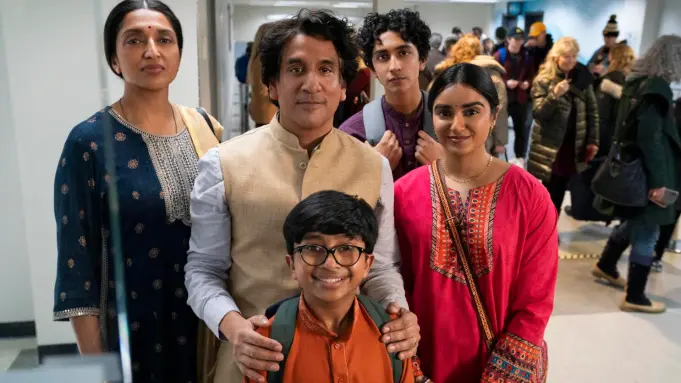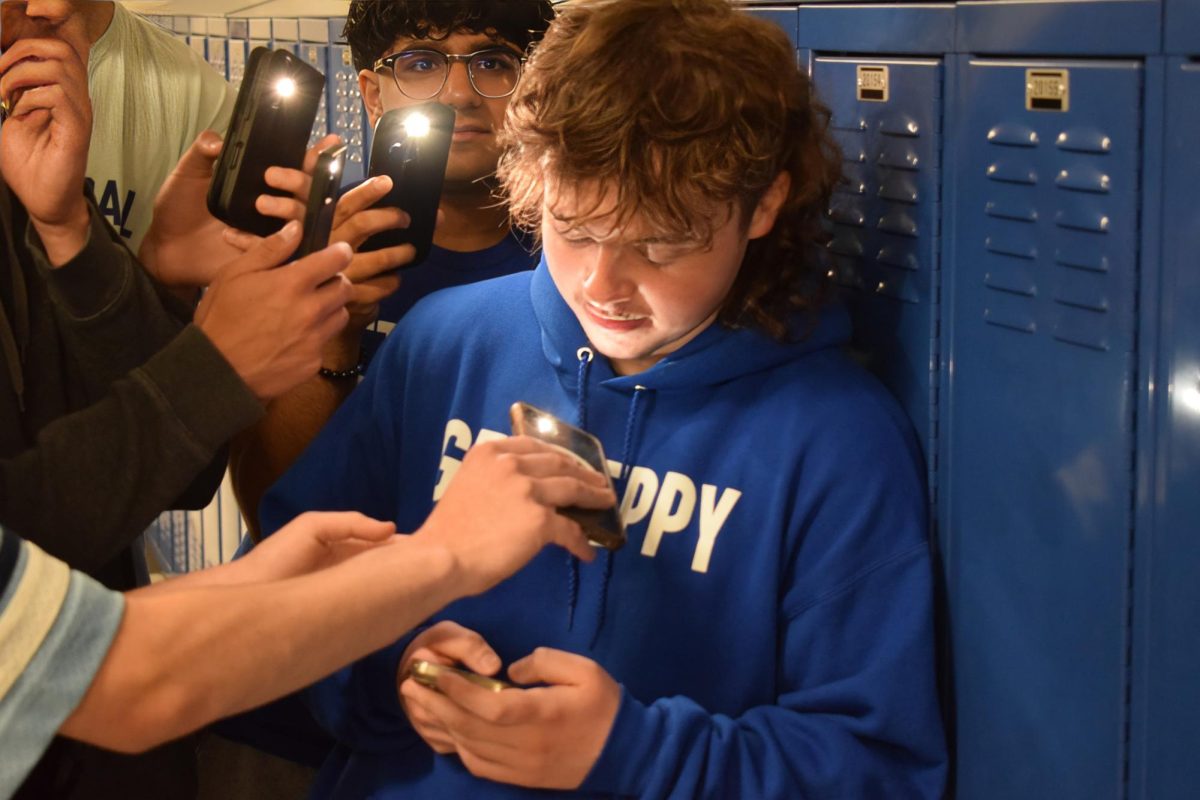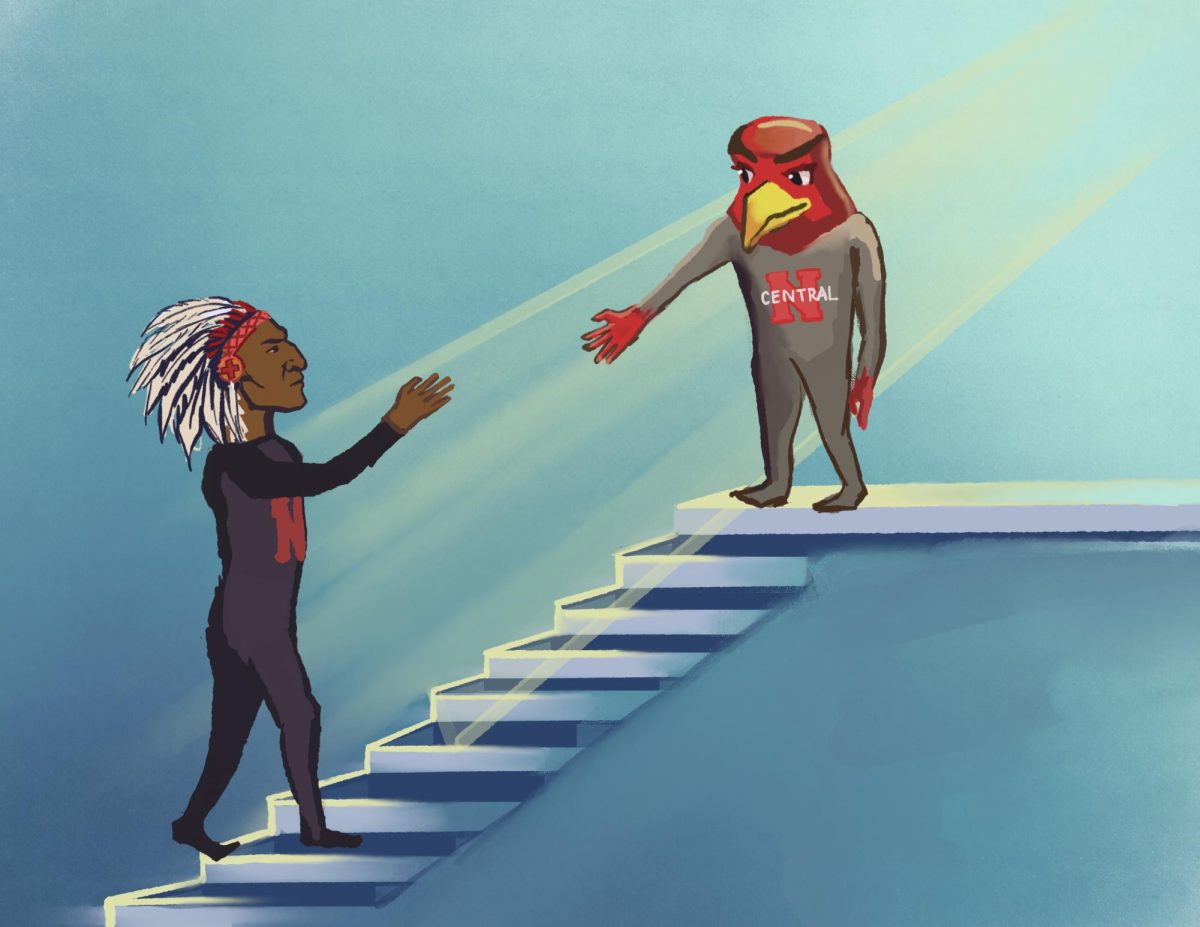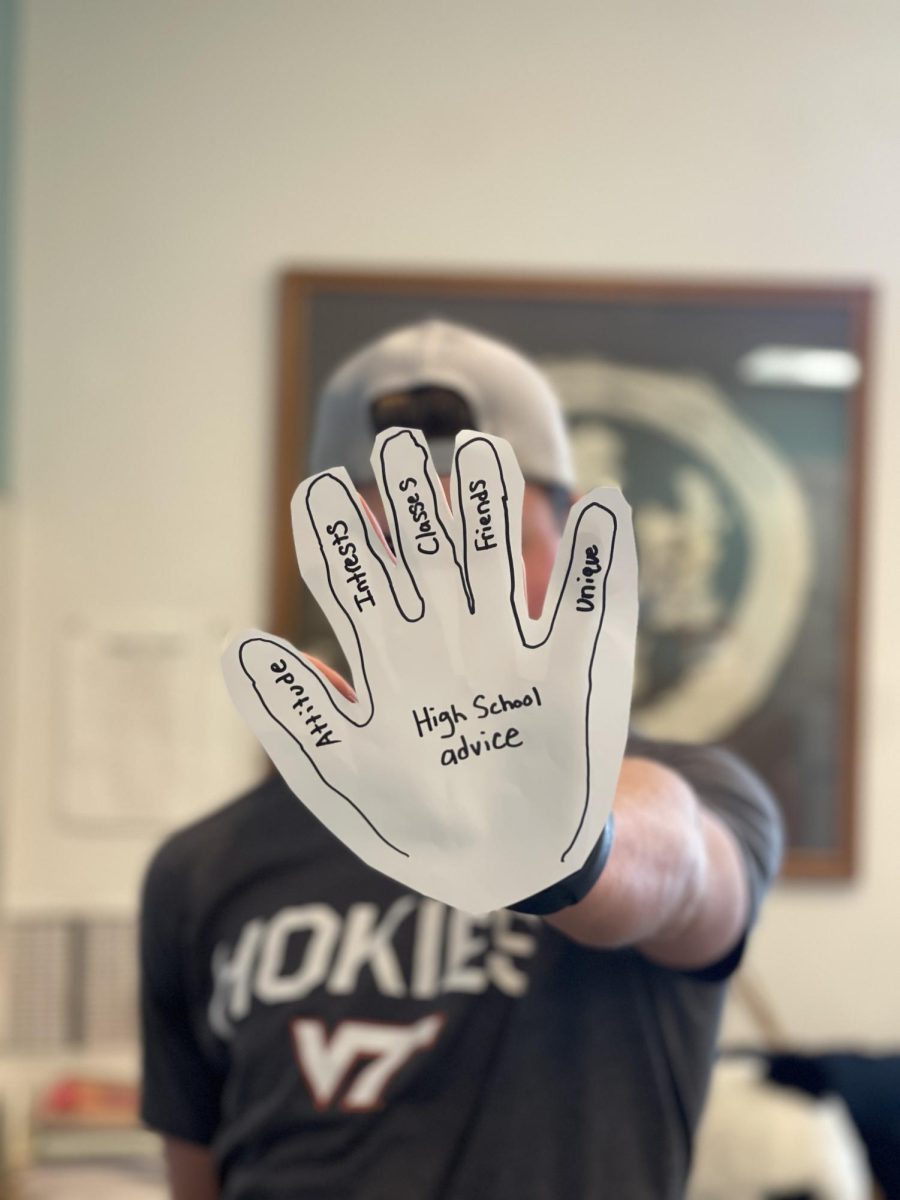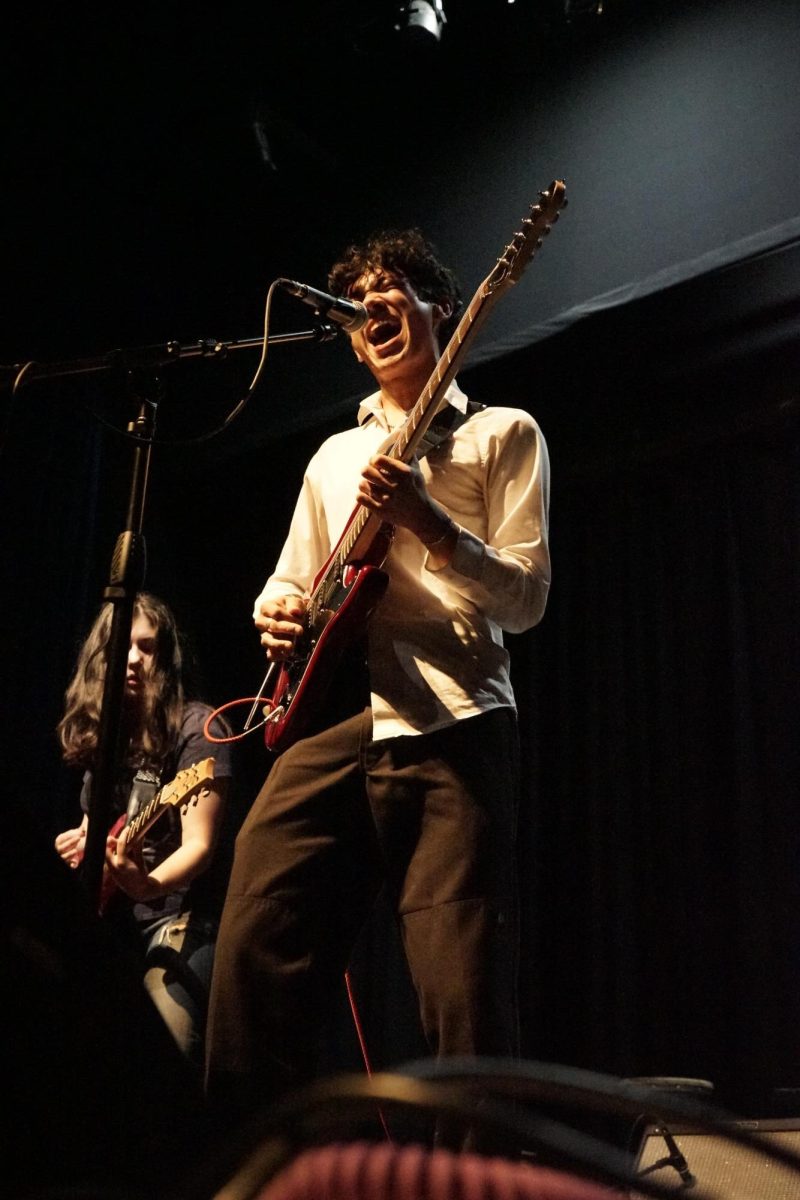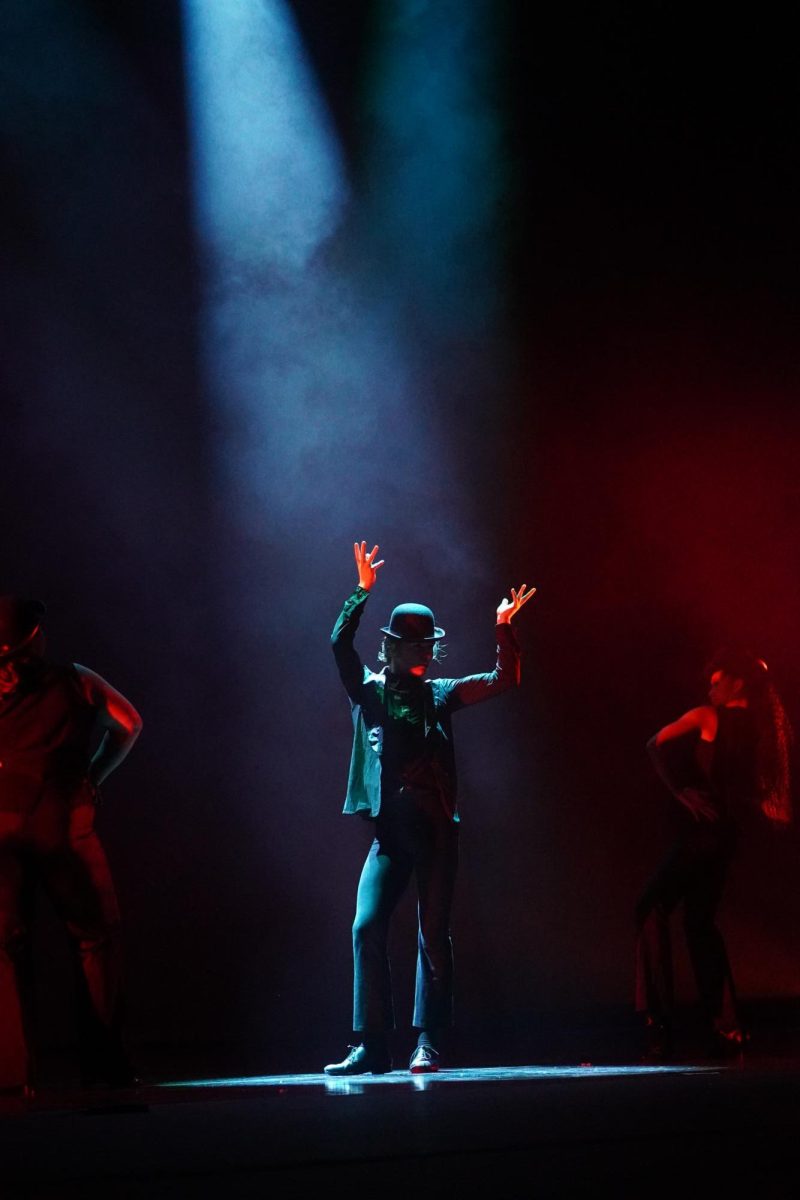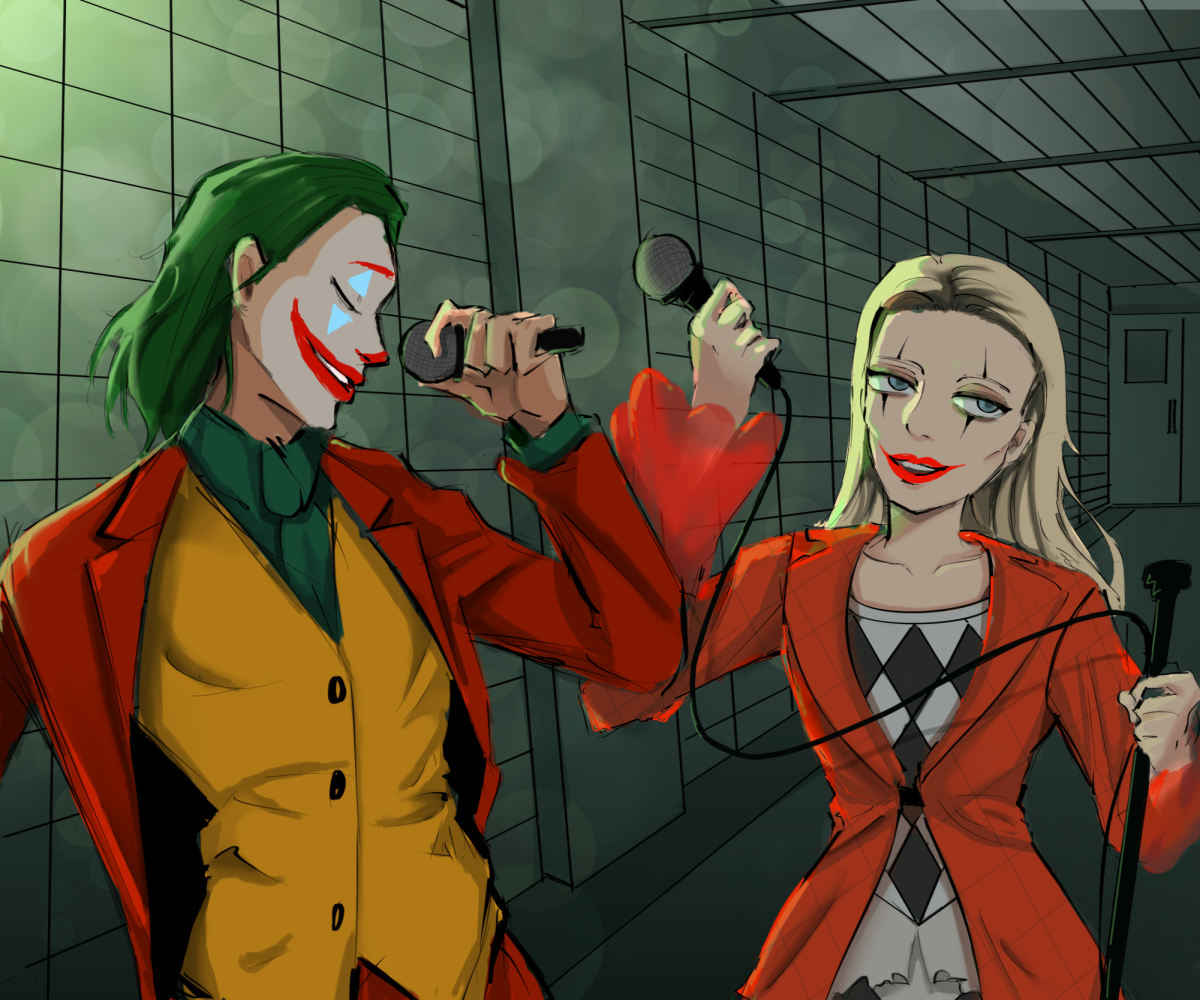In 2019, director Todd Phillips’s The Joker presented a fresh take on the psychotic supervillain’s origin story.
Initially, critics and fans were skeptical that actor Joaquin Phoenix’s take on the character would measure up to Oscar-nominated Heath Ledger’s interpretation in Christopher Nolan’s Dark Knight trilogy.
Further fueling skepticism was the absence of the hero who made Joker infamous in the first place: Batman.
However, despite these initial worries, Phillips’s The Joker was a blockbuster, earning multiple Oscar nominations and over $1 billion at the box office.
Expectations, then, were high for the sequel, Joker: Folie à Deux (French for “madness for two”), which released in theaters on Oct. 4. The film promised a deep dive into the Joker’s subconscious, and the introduction of popular DC villain Harley Quinn, portrayed by pop singer Lady Gaga.
Joker: Folie à Deux had promise. It was advertised as a much more complex film compared to its more straight-forward origin-story predecessor, touching on real mental health conditions like shared psychotic disorder.
The sequel is set in the late-’70s and early-’80s, after the Joker, Arthur Fleck, was confined to Arkham Asylum, Gotham’s psychiatric hospital, for the murder of seven people, one of them a talk show host Fleck killed on live TV.
The mystery surrounding Fleck’s motives for the murders, and Gotham’s attempts to understand them, serves as the foundation for the rest of the film.
In the trial of Fleck — Joker v. the People of Gotham — Fleck’s lawyer, Maryanne Stewart (played by Catherine Keener) squares off against prosecutor Harvey Dent (Harry Lawtey). Dent has a personal vendetta against Stewart for wanting to protect Fleck and he wants to prove that Fleck’s murderous behavior was not prompted by the influence of another personality, as Stewart claims. Dent then becomes Fleck’s, and the Joker’s, primary antagonist.
Fleck’s struggle with dissociative identity disorder (DID) is one of the film’s main themes. The mental health condition, in which there are two separate personalities controlling behavior, adds a clever third-dimension to the villain. Fleck’s DID humanizes the Joker, creating audience sympathy for him.
While some viewers may have anticipated an action-packed film, the shift from external action to internal conflict is a refreshing change of pace. It forces the audience to question whether Fleck truly deserves Dent’s demand for the death sentence. The plot instead focuses on mental illness, with the defense pleading insanity and the prosecution rejecting it. Thus, the movie is more of a psychological thriller than an action movie. And it’s this examination into the motives and morality behind the Fleck character that is intriguing.
Later, while guards escort Fleck past Arkham’s music therapy room, he meets the mysterious Harleen Quinzel, also known as Harley Quinn. The guards, noticing the interaction, place Fleck in music therapy. There, Fleck falls in love with a woman who easily matches his manic energy. It’s here that the film pivots to one of its highlights: singing.
The singing is thoroughly enjoyable due to the impressive voice of pop icon Gaga. But Phoenix is also impressive, holding his own against Gaga’s powerful vocals.
Their singing conveys passion and obsession. With each duet, they fall further into obsession. Fleck and Quinzel are twisted and their singing throughout the film demonstrates the madness of their alter egos, Harley Quinn and the Joker. Overall, the singing is immensely entertaining and the embodiment of the duo’s “crazy in love” relationship.
Not surprisingly, Lady Gaga’s Harley Quinn is one of the movie’s highlights. She is a much more complex and thus, interesting, interpretation of the character than Margot Robbie’s spin in the Suicide Squad and Birds of Prey movies. Gaga’s Harley is more destructive, independent, and true-to-life than Margot’s cartoonish, mallet-swinging interpretation who is too-easily manipulated by the Joker in Suicide Squad.
Also surpassing the first film is Phoenix’s Joker, who is even better this time around because he leans more into how twisted his character is. Phoenix’s range as an actor is also evident here as he deftly portrays the complexities of mental illness and the potent emotions of being in love. Phoenix believably switches between a frantic and desperate Arthur Fleck, to a confident and reckless Joker, providing us with the duality of not only of the Joker the supervillain, but of Phoenix, the actor.
Much of the Joker’s depth comes from co-writer and director’s Phillips’ skill in portraying mental disorders and crafting subtle character interactions. His thorough research is evident, aiming to “put the comic book film through a realistic lens.” From prequel to sequel, we witness Joker’s downward spiral with a grounded, realistic interpretation, offering a clear how and why behind his insanity. (Unlike his unrealistic comic book origin which involves a fall into a vat of acid, which results in the comic book Joker’s white skin, green hair, and perpetual red-lipped grin.)
Another highlight is the film’s use of color. The lighting is just as complex as the Joker, switching from warm oranges and yellows that convey positive emotions such as love and contentment, to cool blues and greens to portray feelings of isolation and the loss of self.
Costume designer Arianne Phillips created unusual costumes for each of the delusional fantasies where singing takes place. Phillips simultaneously clothes the leads in outfits for the real world and outfits for fantasy villainy. Harley’s outfit outside of Arkham consist of a black and white top with a red jacket, patterned with diamonds to remind us that she is the Queen of Clowns. Fittingly, the Joker’s suit has bright contrasting colors — the familiar yellows, greens, and reds of his comic book costume — to stand out, but also to blend in as well.
The Joker: Folie à Deux is an intense period piece that bluntly portrays the harsh reality of two people deeply in love while simultaneously submerged in madness.
Phillips’ sequel is not just a continuance of the Joker’s story, it is a beautifully grotesque cinematic masterpiece.
This story was originally published on The Wildcat on October 21, 2024.



